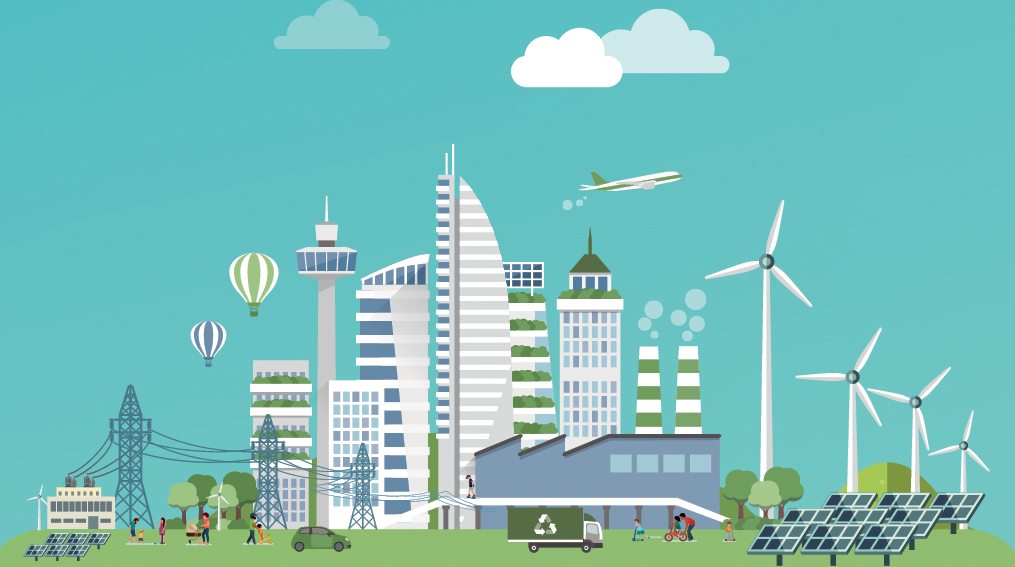

Governments across the Middle East and North Africa (Mena) region have prioritised investment in electricity generation capacity and transmission and distribution (T&D) networks to satisfy rapid population growth, and industrial and economic expansion.
About $30bn-worth of major power contracts were awarded across the Mena region in the 12 months to October 2017, according to regional projects tracker MEED Projects, equivalent to about 20 per cent of all projects awarded over the same period.
At the same time, governments are seeking to roll out major reforms aimed at driving greater energy efficiency. Many are taking steps to reform utility tariffs to curb consumption in the wake of lower oil prices and the rising cost of subsidising energy supply. And several are seeking to privatise their power markets. Saudi Arabia, the largest utilities market, is preparing to sell off the first 20GW of its generation assets to private investors.
Capacity constraints
In 2016, total available electricity generation capacity in the Mena region increased by 3 per cent to about 297.4GW, some 14 per cent more than the peak demand of 259.8GW. While the total installed nameplate capacity for the 14 countries surveyed by MEED was 340GW, the actual available power was much lower due to non-operational plants in countries such as Iraq and Saudi Arabia.
With a 15 per cent industry recommended reserve margin (the amount of unused available capacity at peak load as a percentage of total capacity), the region has lost ground in the race to keep ahead of peak demand growth, which averaged 5.2 per cent in 2016. While the overall figures suggest a tight supply/demand balance, the picture differs dramatically between countries.
$30bnValue of power project awards in the 12 months to October 2017 20%Power sector's share of total Mena contract awards in 2017 297.4GWMena installed generation capacity 259.8GWMena peak power demand in 2016 3%Growth in Mena region’s generation capacity in 2016 |
Reserve margins will be put under increasing pressure in the coming years, with nearly all states across the Mena region recording an increase in peak demand in 2016. But this pressure will be less in the GCC. The rate of peak demand growth across the GCC power market slowed for the second consecutive year in 2016. In 2015, average peak demand growth across the six states dropped to 4.4 per cent, almost half the 8.4 per cent recorded in 2014. In 2016, peak demand growth averaged 1.2 per cent.
The slower growth was the result of a fall in industrial activity, and may also be due to GCC states beginning to reduce subsidies and increase electricity tariffs as part of efforts to slash government expenditure. Peak demand growth in the GCC varied significantly between states. Electricity demand fell in Saudi Arabia by 2 per cent, while Abu Dhabi and Qatar saw sizeable demand growth of 5.5 per cent and 7 per cent respectively.
With the exception of Qatar, all the GCC states are facing a tight gas market, with competing demands from the oil, industrial and utility sectors. According to the Paris-based International Energy Agency, demand for natural gas in the Middle East will reach 804 billion cubic metres a year in 2040, a 68 per cent increase over the 2015 levels. Natural gas production in the Middle East has failed to keep pace with historical demand growth, a trend that is likely to continue.
Alternative thinking
There is a determined effort to diversify energy resources across the region in order to boost energy security and reduce reliance on gas imports. More than 67GW of clean energy projects are at the design and study stage across the region.
The cost of installing photovoltaic (PV) solar has fallen by 80 per cent since 2007, and the three major PV solar schemes tendered in the UAE since 2015 have all achieved world record-low tariffs.
In particular, the 2.99 $cents a kilowatt hour ($c/KWh) tariff for Dubai’s 800MW PV project in 2016 signalled the first time the cost of renewables had fallen below that for conventional fossil fuel plants. The trend continued in 2017, with the 300MW solar project at Sakaka in Saudi Arabia receiving a world-record-low bid of 1.7859 $c/KWh.
 This article is an excerpt from MEED’s Mena Power Report 2018. Buy it here This article is an excerpt from MEED’s Mena Power Report 2018. Buy it here |
You might also like...

Amiral cogen eyes financial close
26 April 2024

Lunate acquires 40% stake in Adnoc Oil Pipelines
26 April 2024

Saudi Arabia's Rawabi Holding raises SR1.2bn in sukuk
26 April 2024

Iraq oil project reaches 70% completion
26 April 2024
A MEED Subscription...
Subscribe or upgrade your current MEED.com package to support your strategic planning with the MENA region’s best source of business information. Proceed to our online shop below to find out more about the features in each package.




